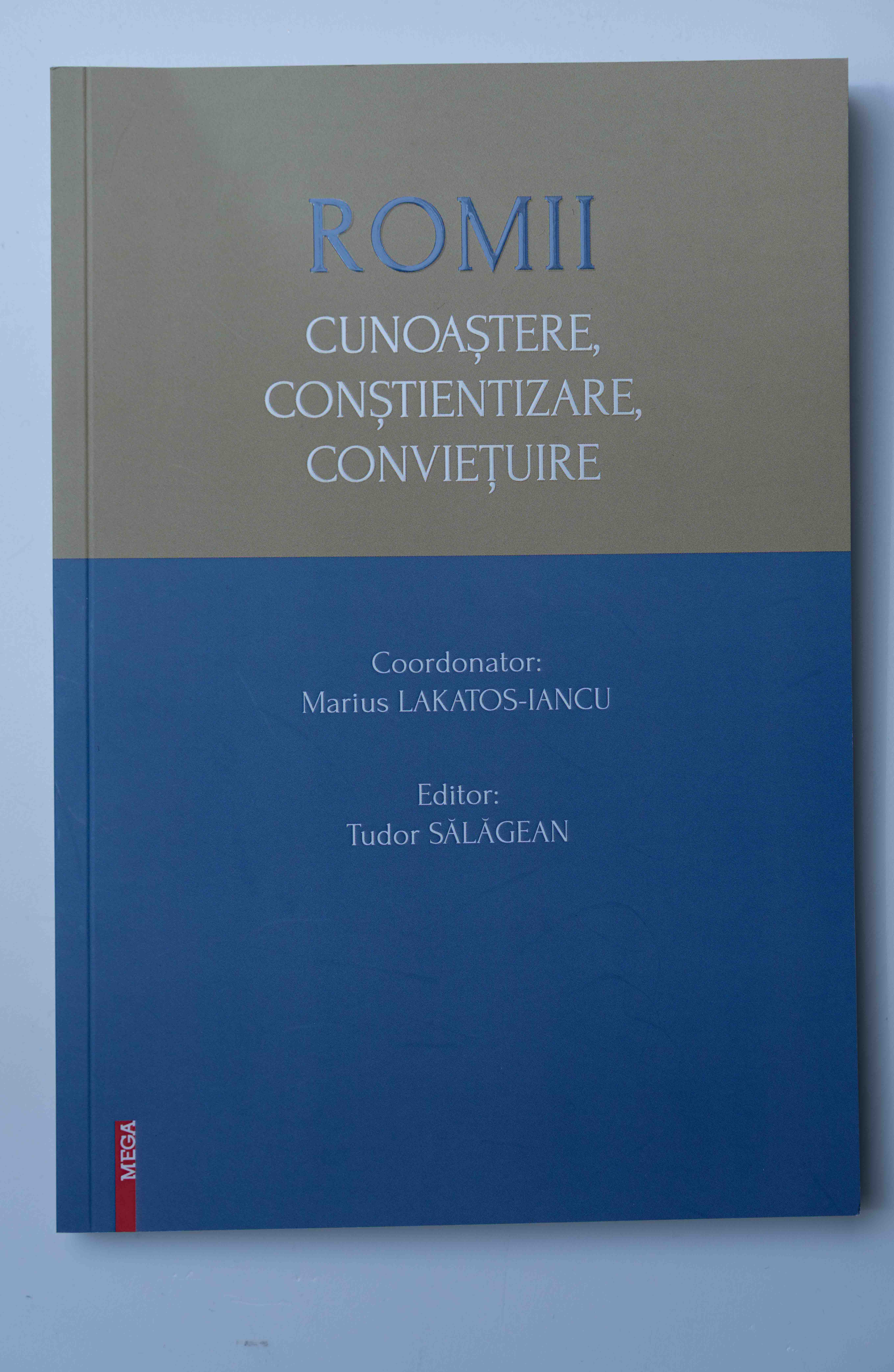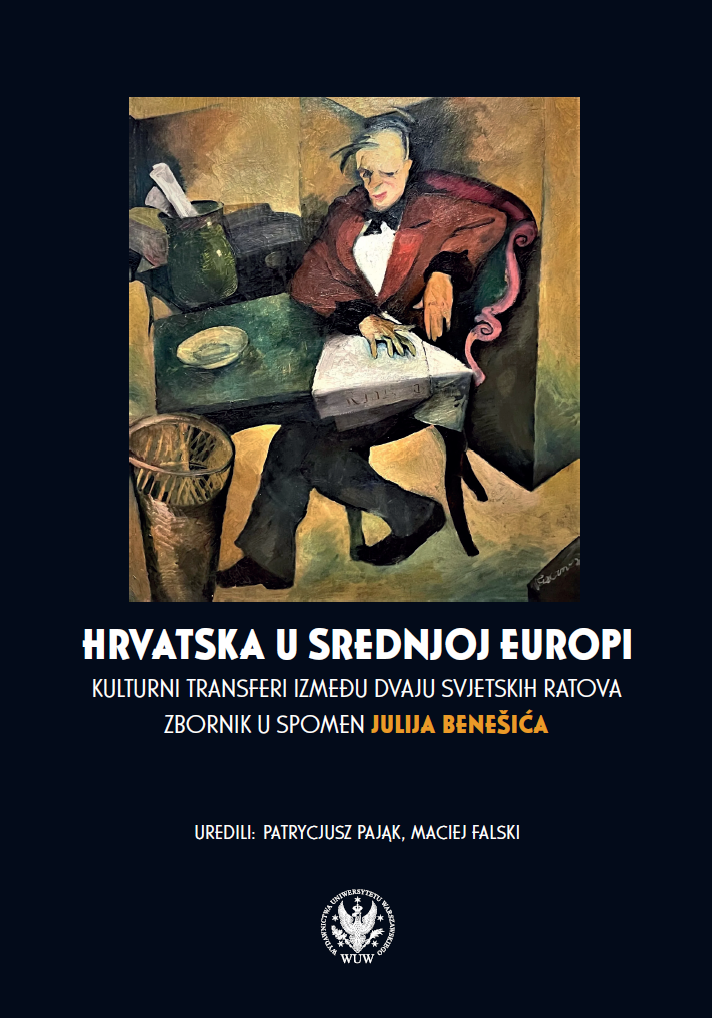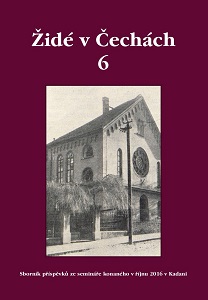
IMPLICAREA STATULUI ROMÂN ÎN CĂSĂTORIILE MIXTE DINTRE ROMÂNI ŞI ROMI DE‑A LUNGUL SECOLELOR XVIII–XX
This article analyzes the legislative influence of the Romanian state in the process of mixed marriages between Roma and Romanians during and after slavery. The article aims to provide a broad and comprehensive perspective on this sensitive and important issue for Romanian history and culture, by examining the situation of mixed marriages from two perspectives: ethnic and social.The article first examines the concept of mixed marriage and its social construction, in relation to social standards and criteria for evaluating diversity. Further, data and information are presented regarding the legal framework regulating such marriages, including the code of laws issued in Romania and Moldova.The author then analyzes the evolution of mixed marriages between Romanians and Roma in different historical periods, starting from the 18th century and the first half of the 19th century, when the social situation of the Roma influenced these marriages. Additionally, the impact of mixed marriages during the Holocaust is examined, as well as how they affected the life of the roma community. Finally, the analysis focuses on the impact of the communist regime on mixed marriages between Romanians and roma and how it influenced their evolution during that period. Through this detailed and exhaustive study, the author offers a comprehensive perspective on mixed marriages between Romanians and roma, highlighting the involvement of the Romanian state in this sensitive and important issue for Romanian history and culture. This academic article represents a significant contribution to understanding the history and evolution of mixed marriages in Romania and Moldova.
More...



